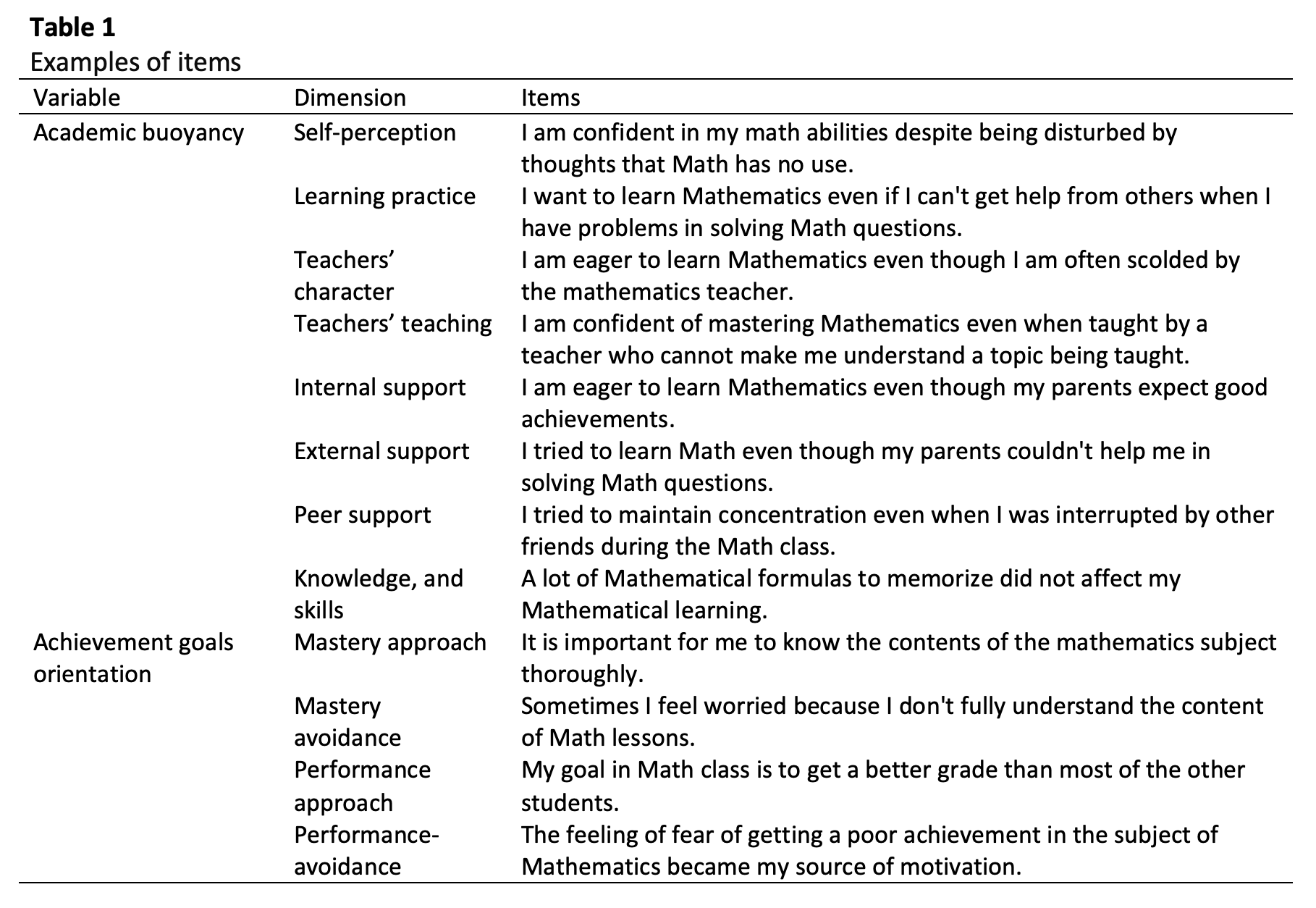The Relationship between Achievement Goal Orientation and Academic Buoyancy in Mathematics among Secondary School Students in FELDA Areas, Malaysia
DOI:
https://doi.org/10.37934/araset.38.2.186195Keywords:
Achievement goal-oriented, academic buoyancy, mathematicsAbstract
Multiple studies have found a correlation between achievement goal orientation and academic buoyancy, which is the ability of students to overcome academic setbacks. Nevertheless, there is a lack of reference on achievement goal orientation for academic buoyancy among students in Federal Land Development Authority (FELDA) areas of Malaysia, especially for future workforce development. Hence, this study aims to examine the relationship between achievement goal orientation and academic buoyancy in mathematics achievement among FELDA students. This study employed a correlational research design to collect quantitative data via questionnaires from 462 students. The descriptive statistics indicated that the average academic buoyancy value was moderate. In addition, avoidance of mastery and performance had higher descriptive mean values than mastery approach and performance approach. Academic buoyancy was also found to be moderately positively associated with the mastery approach (r = 0.538), the performance approach (r = 0.411), and the performance avoidance orientation (r = 0.381). Mastery avoidance orientation exhibited the weakest positive relationship (r = 0.184). These findings shed light on how to foster students' achievement goal orientation in their ability to overcome academic setbacks. A sign of mastery avoidance had informed a need to focus on mastery of content for increasing academic buoyancy.





























